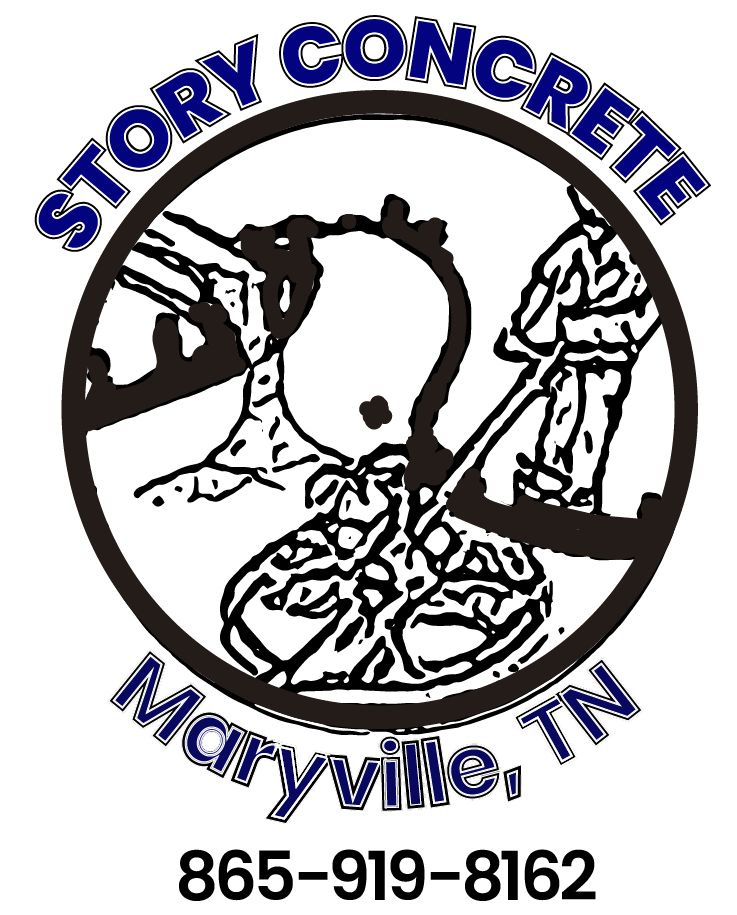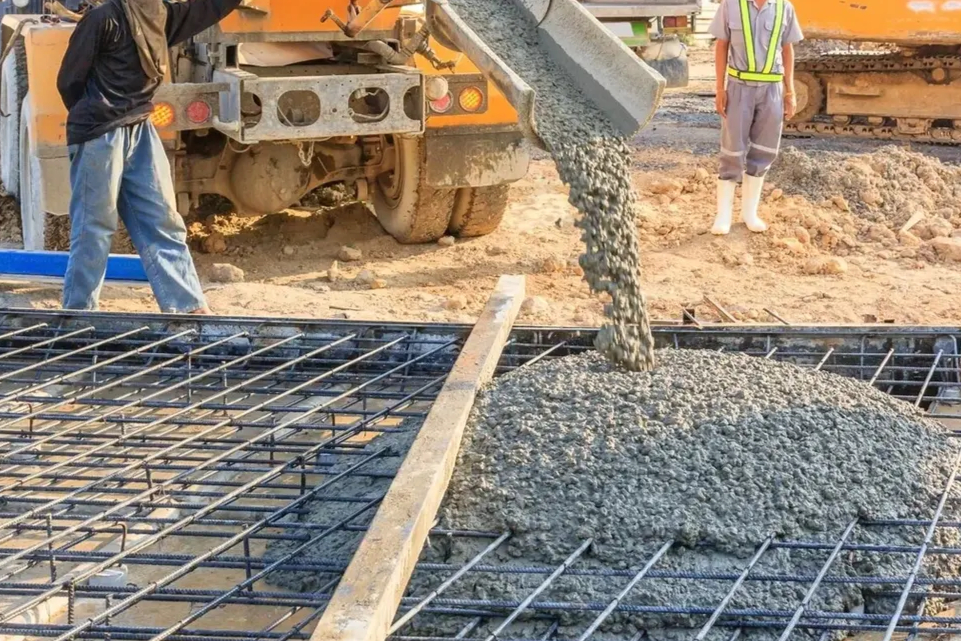Concrete is the foundation, literally and figuratively, of modern construction. From homes and driveways to high-rise buildings and industrial sites, it plays a crucial role in delivering strength, durability, and design flexibility. Whether you’re planning a home addition, commercial structure, or repair project, understanding the core of concrete construction is essential.
In this guide, we’ll explore the essentials of residential and commercial concrete work, foundation techniques, materials, and methods that ensure long-lasting results.
Understanding the Basics of Concrete Construction
At its core, concrete construction involves mixing cement, aggregates (like sand and gravel), and water to create a hard, stone-like material. Once poured and cured properly, concrete becomes one of the most durable building materials in the world. It supports everything from floors and walls to bridges and highways.
The quality of materials and proper curing time play key roles in determining the lifespan of any concrete project. For structural applications, it’s important to work with skilled professionals who follow tested techniques and industry standards.
Residential Concrete Construction Essentials
Residential concrete construction includes driveways, sidewalks, patios, basement floors, and foundations. Homeowners often choose concrete for its durability and minimal maintenance. Whether you’re pouring a new patio or building a retaining wall, proper site preparation and formwork are critical to avoid cracking and uneven surfaces.
Understanding soil type, climate, and load requirements ensures your residential project stands the test of time. Hiring experienced crews ensures correct reinforcement, pouring techniques, and finishing methods.
Commercial Concrete Building Applications
In commercial concrete building, strength and scale are critical. Shopping centers, parking garages, schools, and warehouses all rely on strong concrete work. Reinforced slabs, tilt-up panels, and cast-in-place concrete are just a few of the techniques used in these structures.
Speed and precision are crucial for commercial timelines, and expert crews use advanced tools and engineered mixes for better results. Partnering with skilled contractors ensures compliance with safety and building regulations.
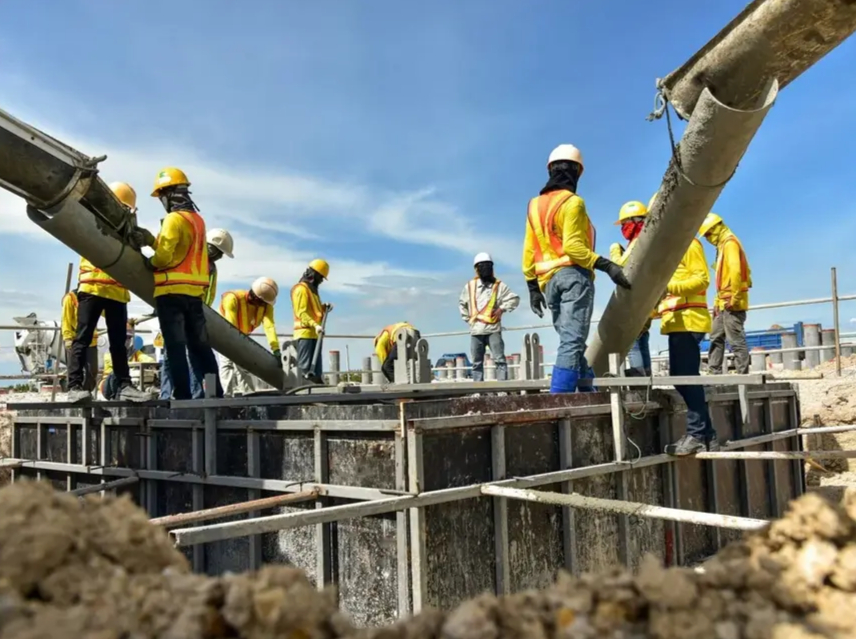
Key Tips for Concrete Foundations
Every long-lasting structure begins with a strong foundation. Here are some key concrete foundation tips:
- Always test soil conditions before pouring.
- Use moisture barriers to prevent water infiltration.
- Ensure reinforcement with rebar or mesh is correctly placed.
- Compact the subbase thoroughly before pouring.
A strong foundation minimizes future settling, cracking, and water damage. Whether it’s for a home or a commercial site, getting the foundation right is non-negotiable.
Best Practices for Concrete Slab Installation
Proper concrete slab installation involves a step-by-step process:
- Grading and compacting the soil
- Placing form boards and vapor barriers
- Laying reinforcement mesh or rebar
- Pouring the concrete evenly
- Screeding and floating for a level finish
- Curing over several days to prevent cracking
These steps apply to driveways, patios, floors, and industrial slabs. Skipping any of them can compromise the final strength and appearance of your project.
Reinforced Concrete Techniques That Add Strength
Reinforced concrete techniques use steel bars (rebar), wire mesh, or fiber additives to improve tensile strength. This makes concrete more resistant to cracking, especially under heavy loads or temperature changes.
Applications range from bridges and overpasses to commercial floors and multi-story buildings. Proper placement and spacing of reinforcements ensure that your structure can handle the intended loads.
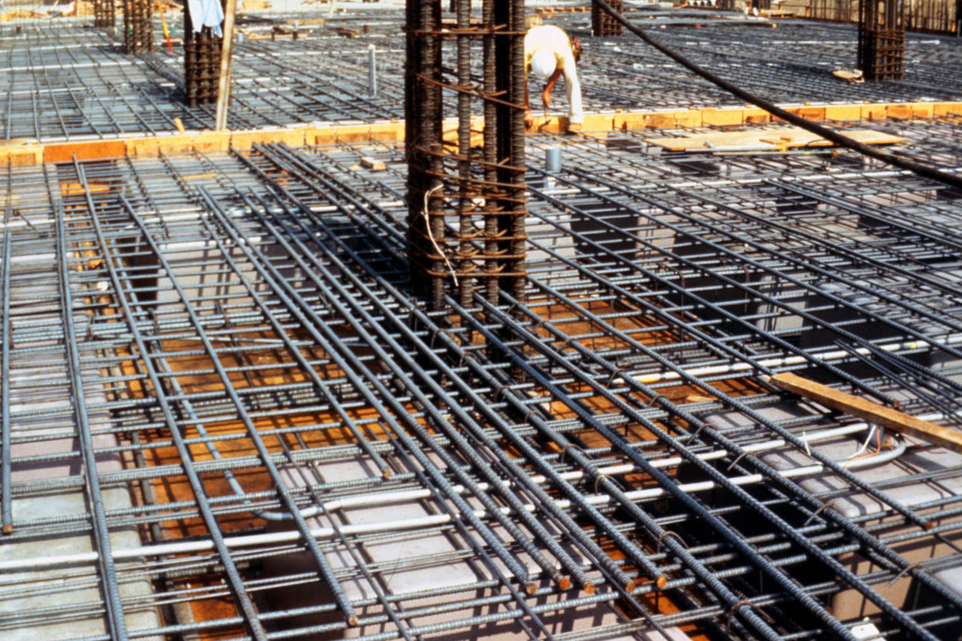
A Practical Concrete Repair Guide
Even the best concrete can suffer wear and tear over time. Cracks, spalling, and surface pitting are common issues that should be addressed early. Here’s a quick concrete repair guide:
- Hairline cracks: Use concrete sealants or epoxy fillers
- Spalling surfaces: Remove loose material and resurface
- Deep cracks or structural damage: Call a professional for a structural assessment
Regular inspection and timely repairs can prevent minor issues from turning into costly structural problems.
Using Sustainable Concrete Materials
Modern construction focuses not only on durability but also sustainability. Using sustainable concrete materials like recycled aggregates, fly ash, or slag cement helps reduce environmental impact without sacrificing performance.
These materials reduce greenhouse gas emissions and improve overall efficiency. Choosing greener options is a great step for eco-conscious homeowners and businesses alike.
Concrete Finishing Methods That Make a Difference
The finish of a concrete surface isn’t just about looks; it impacts safety, performance, and longevity. Popular concrete finishing methods include:
- Broom finish: Adds slip resistance, ideal for walkways
- Stamped concrete: Mimics brick, stone, or tile for decorative purposes
- Polished finish: Great for modern interiors or commercial floors
- Troweled finish: Smooth, clean appearance for indoor slabs
Each finish serves a different function, so choosing the right one matters for both aesthetics and practicality.
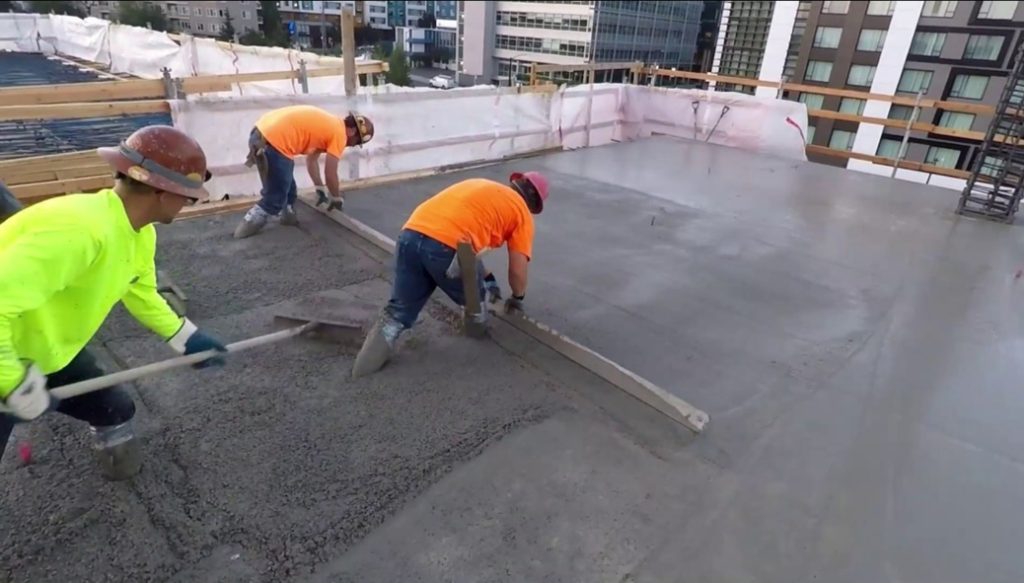
Understanding the Concrete Construction Process
The full concrete construction process involves several stages:
- Planning and design
- Site preparation and grading
- Formwork setup
- Reinforcement placement
- Pouring and leveling
- Curing and sealing
Every step must be executed with care to ensure lasting results. Skipping or rushing any stage can lead to future issues.
Concrete Structure Maintenance: What to Know
Like any other building material, concrete benefits from regular maintenance. Here are a few simple tips for concrete structure maintenance:
- Clean surfaces annually to remove dirt, mold, and stains
- Seal driveways and patios every 2–3 years
- Inspect for cracks after heavy rainfall or extreme weather
- Avoid using harsh chemicals that can erode the surface
Taking small steps now can prevent major repairs later and help your structure last for decades.
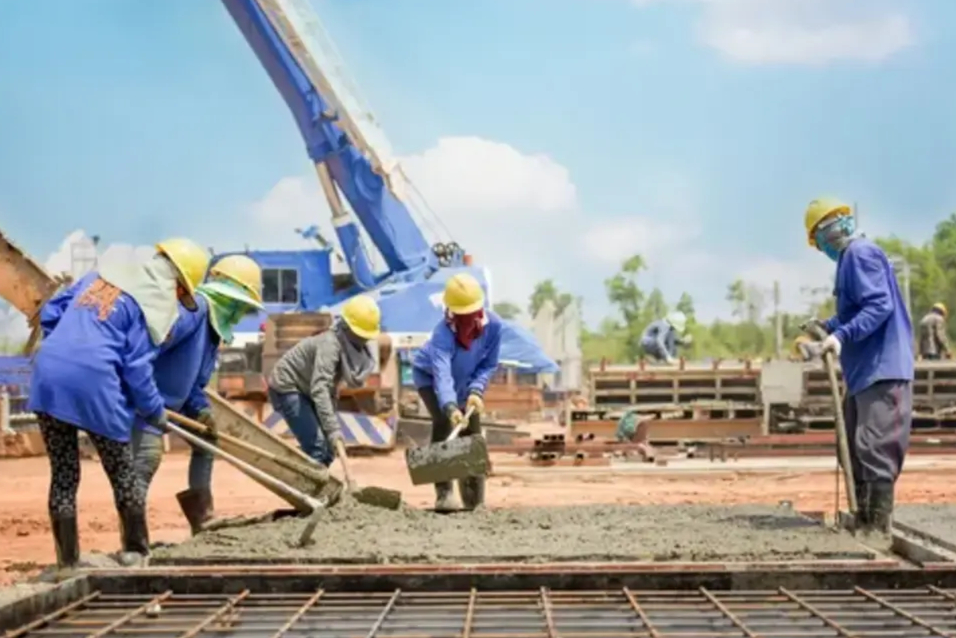
Why Choose Story Concrete for Your Next Project?
When it comes to residential concrete construction or commercial concrete building, Story Concrete brings experience, precision, and dedication to every project. We specialize in all phases of the concrete construction process, including slab installations, reinforced foundations, and sustainable concrete solutions.
Our team works with care and quality; from preparation to finishing, to ensure your project is built to last. Whether you’re pouring a new driveway, starting a major build, or repairing cracked concrete, we’re here to help.
Visit Story Concrete today to schedule a consultation and get expert service built on strength and trust.
FAQs About Concrete Construction
Q: How long does it take for concrete to cure fully?
A: Concrete typically cures in 28 days, though it gains most of its strength in the first week.
Q: What causes cracks in concrete?
A: Common causes include improper curing, ground movement, freeze-thaw cycles, and heavy loads.
Q: Can concrete be eco-friendly?
A: Yes. Using recycled materials and alternative cements makes concrete more sustainable.
Q: How thick should a residential driveway slab be?
A: Generally 4 inches, but 5–6 inches is better for heavier loads or frequent use.
Q: Is sealing concrete necessary?
A: Yes. Sealing helps protect against moisture, stains, and freeze-thaw damage.
